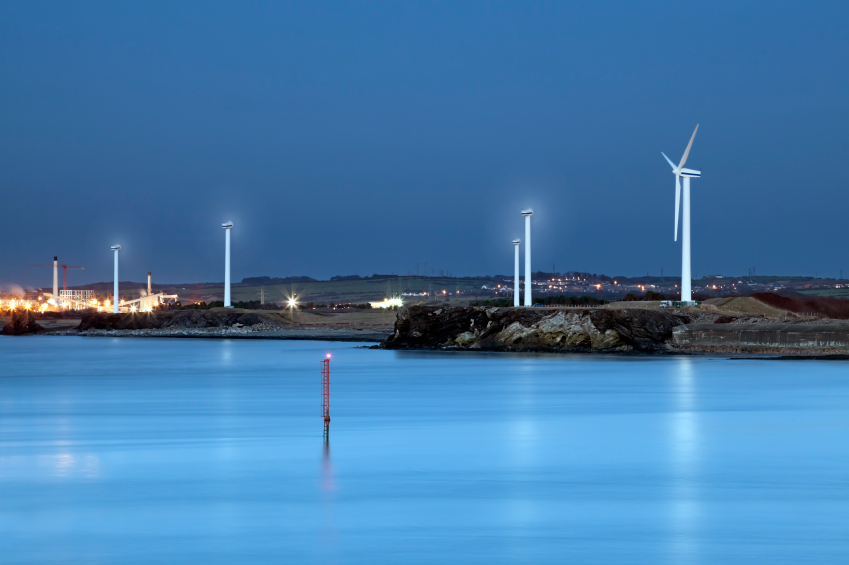Ports That Embrace Renewable Energy Save Big
 Ports That Embrace Renewable Energy Save Big
Ports That Embrace Renewable Energy Save Big
Going green isn’t just for homeowners who recycle their weekly papers, plastics, and aluminum soda cans. Improved energy efficiency is an important issue at major ports across the globe. At many of these ports, outdated land-based power grids aren’t keeping up with the increased demand of the cargo flow. There is also the environmental impact to consider, as carbon-emitting fuels are proving to be a detriment to the surrounding areas and to the planet at large.
Residents who live within sight of these ports are demanding better accountability and the port managers are listening. Even though implementing energy efficient policies is good for public relations, they are also proving to be important factors in supporting a port’s overall financial plan. Saving energy equals saving money and that’s good for everyone in the shipping industry.
Right now, most ports are looking into the issue of sustainability as it applies to their facilities. There are many studies being conducted and plans being looked into. There are already a handful of ports that are taking the lead in regards to cost-cutting measures.
An example of a port that has been proactive is the Port Authority of New York and New Jersey. They’ve been focused on reducing their energy consumption for quite some time. Their goal has been to cut back on carbon-emissions across the board on all of its facilities. This includes all the busy bridges, tunnels, and bus terminals under its responsibility. Thanks to their renewable energy policies, the port has achieved the ability to profit from some of its 250 electricity accounts by utilizing online reverse auctions. The estimated savings totals approximately $2.2 million. Imagine if you could sell energy back to the power company?
On the opposite coast, the Port of Seattle upgraded their port management facilities at Pier 69 and earned an Energy Star rating for improved energy efficiency. The project, started in 2000, managed to reduce energy use by 50 percent. At Terminal 46, the out-of-date flood lamps were swapped out for energy efficient sodium vapor lamps. These two programs combined saved the port around $300,000 a year in energy costs.
At the South Jersey Port, there is a plan on the table to install up to 1.1 million square feet of solar panels across all of their terminals. Once implemented, this array can generate up to 10 million kilowatt hours of energy every year. Furthermore, these panels will continue to produce power utilizing the free resource of the sun, as long as it continues to shine.
Here in Canada, the Toronto Port Authority has put forth a commitment to utilize 100% green power. They are partnering with Bullfrog Power to accomplish this goal. Bullfrog Power derives all of its energy from such renewable sources as wind power and hydroelectric facilities. As a result of their efforts, they have been certified as low impact from the EcoLogo program sponsored by Environment Canada.
How “green” is your port?

